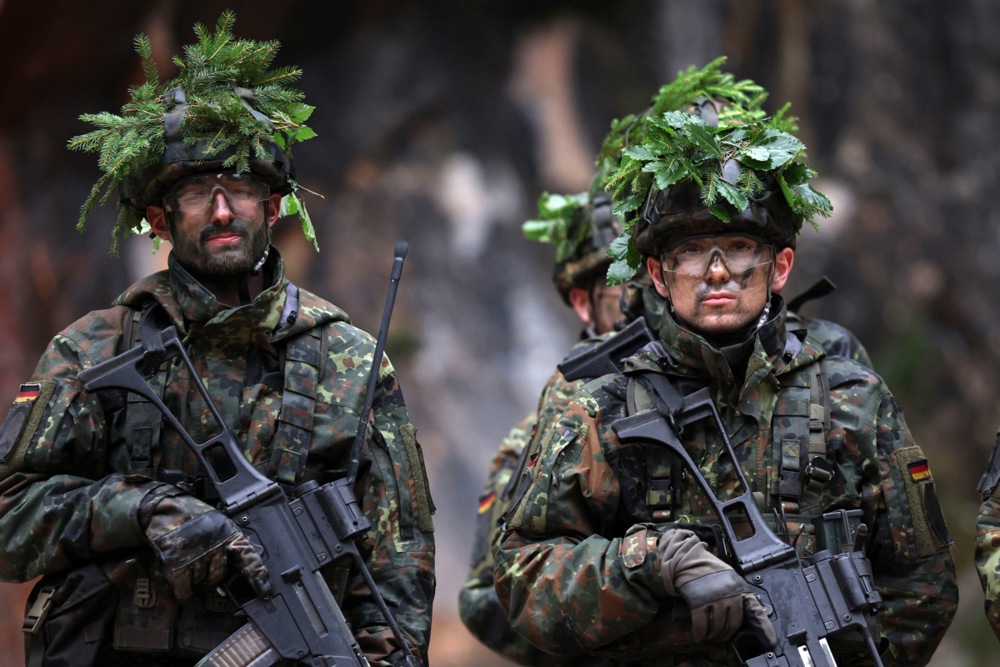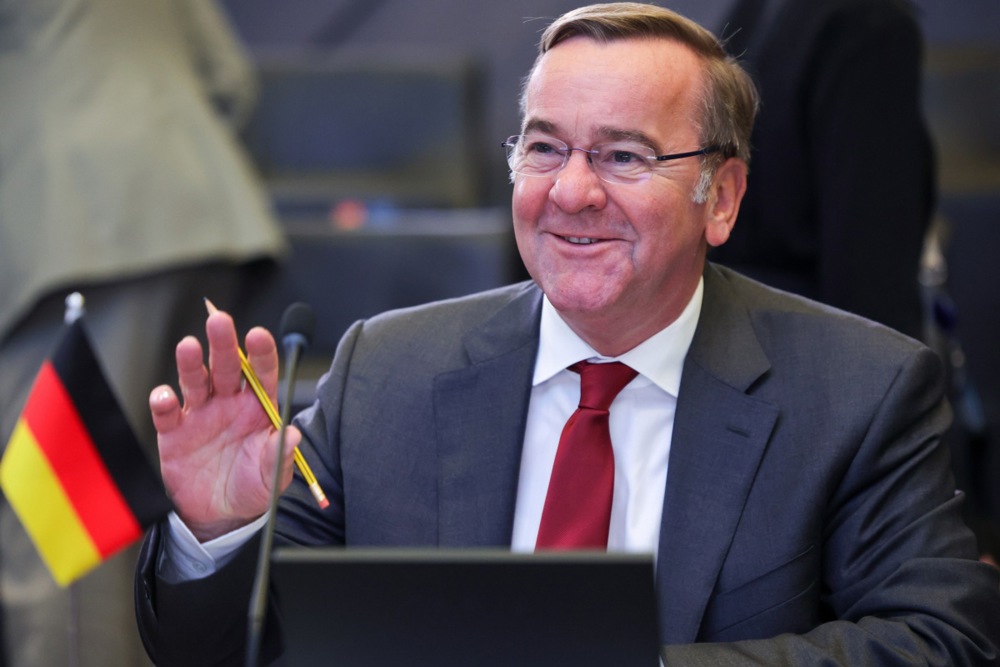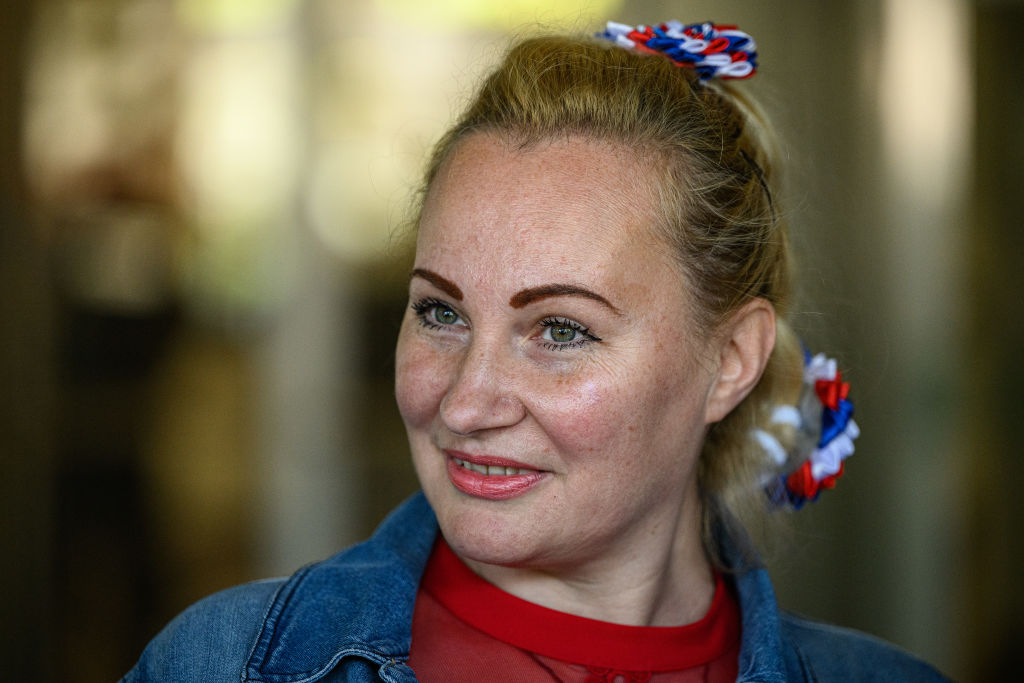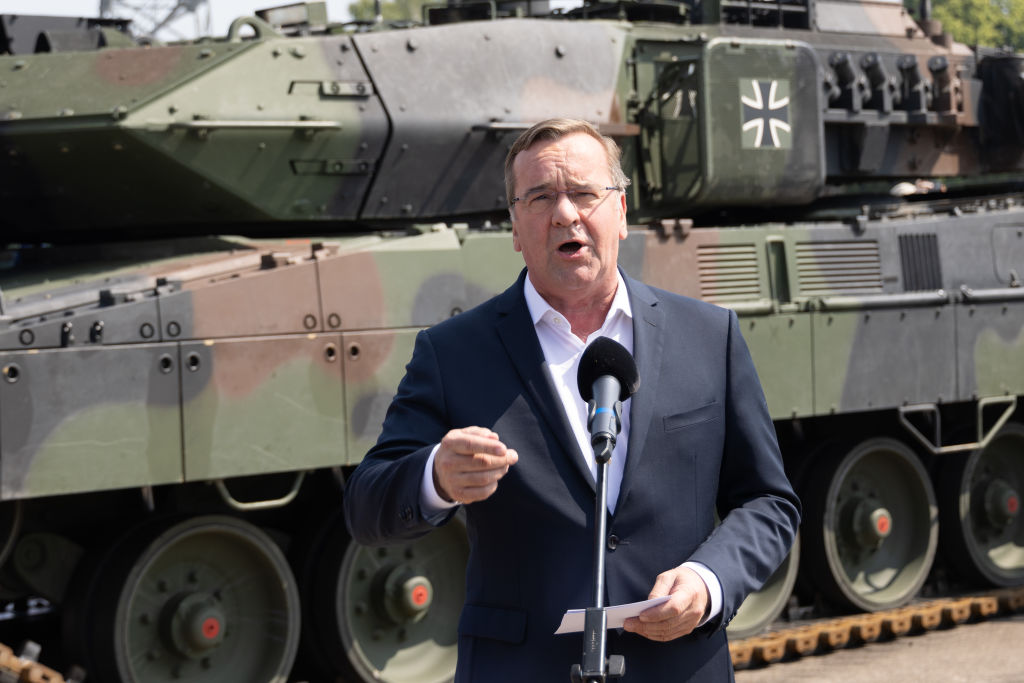The United Kingdom is sending tens of thousands of troops to take part in a NATO military drill designed to deal with a possible Russian invasion.
At the same time, Germany has created a “war simulation defence model” with which to train its military – apparently in preparation for Ukraine losing out to Moscow under Russian President Vladimir Putin’s war against the EU hopeful.
Britain will deploy 20,000 service members, plus RAF aircraft and Royal Navy warships, in the first half of this year to what is one of NATO’s largest military drills since the end of the Cold War almost 25 years ago, the defence ministry said on January 15.
Defence secretary Grant Shapps said the drill was part of a “vital reassurance against the Putin menace” and said the West stands at a “crossroads”, pointing to what he said was worldwide danger, insecurity and instability.
“Not only have you got … the Putins of this world and Iran … but you’ve also now got the non-state actors as well, that sort of terrorism that we saw [at] the beginning of this century, individual actors,” Shapps said.
“And because of that, this is a more unstable and difficult world. And that’s really the big theme of the speech that I’m making this morning.”
AT the same time, British Prime Minister Rishi Sunak announced a new assistance package for Ukraine worth up to £2.5 billion (€2.9 billion), in addition to pledging ongoing support for Ukraine against further Russian aggression.
German news outlet Bild reported the German army was apparently preparing for a potential “hybrid” Russian attack on NATO’s Eastern border – as “early as February 2024”.
“Escalation between NATO and Russia can take place as early as February,” the newspaper stated.
“This is a drill scenario that describes step by step, month by month, how Putin will act and how NATO will defend. According to the scenario of the Bundeswehr [armed forces], the escalation will come in just a few weeks.
“The hostilities will soon begin and tens of thousands of German forces will be involved.”
Bild refers to a “Path to Conflict” scenario between Russia and NATO that it claimed is contained in a private document from the German Ministry of Defence.
That predicts a number of events that might trigger an all-out war between Russia and NATO in 2025.
In the so-called Alliance Defence 2025 scenario, the German army envisages a new Russian mobilisation campaign that would add 200,000 troops to its fighting force. With such reinforcements, it is postulated that Moscow could execute a powerful spring offensive against Ukraine and then on to other countries in the West.
In such a situation, Russia might engage in both open and secret aggression, using cyberattacks and “hybrid” warfare, in particular against the Baltic States.
That, in turn, would lead to large-scale military exercises and the deployment of troops and missiles in Kaliningrad, sandwiched between Poland and Lithuania along the Baltic Coast.
The prediction anticipates rioting among Russian ethnic minorities in the Baltics and a “border conflict” in the strategically critical Suwalki Corridor on Lithuania’s Southeastern border by December 2024.
It is also proposed that elections in the US could cause enough distraction in Washington for Russia to succeed – and thus repeat the methods it employs in Ukraine.
By May 2025, NATO is expected to make a decision on deterrent tactics in response such perceived threats. It would reportedly, if it deemed necessary, send 300,000 troops, including 30,000 from Germany, to the Eastern flank on what would be designated “Day X”.
The hypothetical situation ends 30 days after Day X, raising the question among military experts as to whether NATO’s demonstration of power would be enough to dissuade Russia.
Bild made it clear that the scenario in question was based on the concept of the 2024 NATO drills that are planned to take place in the Baltic region.
“Looking at different scenarios, even extremely unlikely ones, is part of its military routine,” the Bundeswehr reportedly told the publication.





